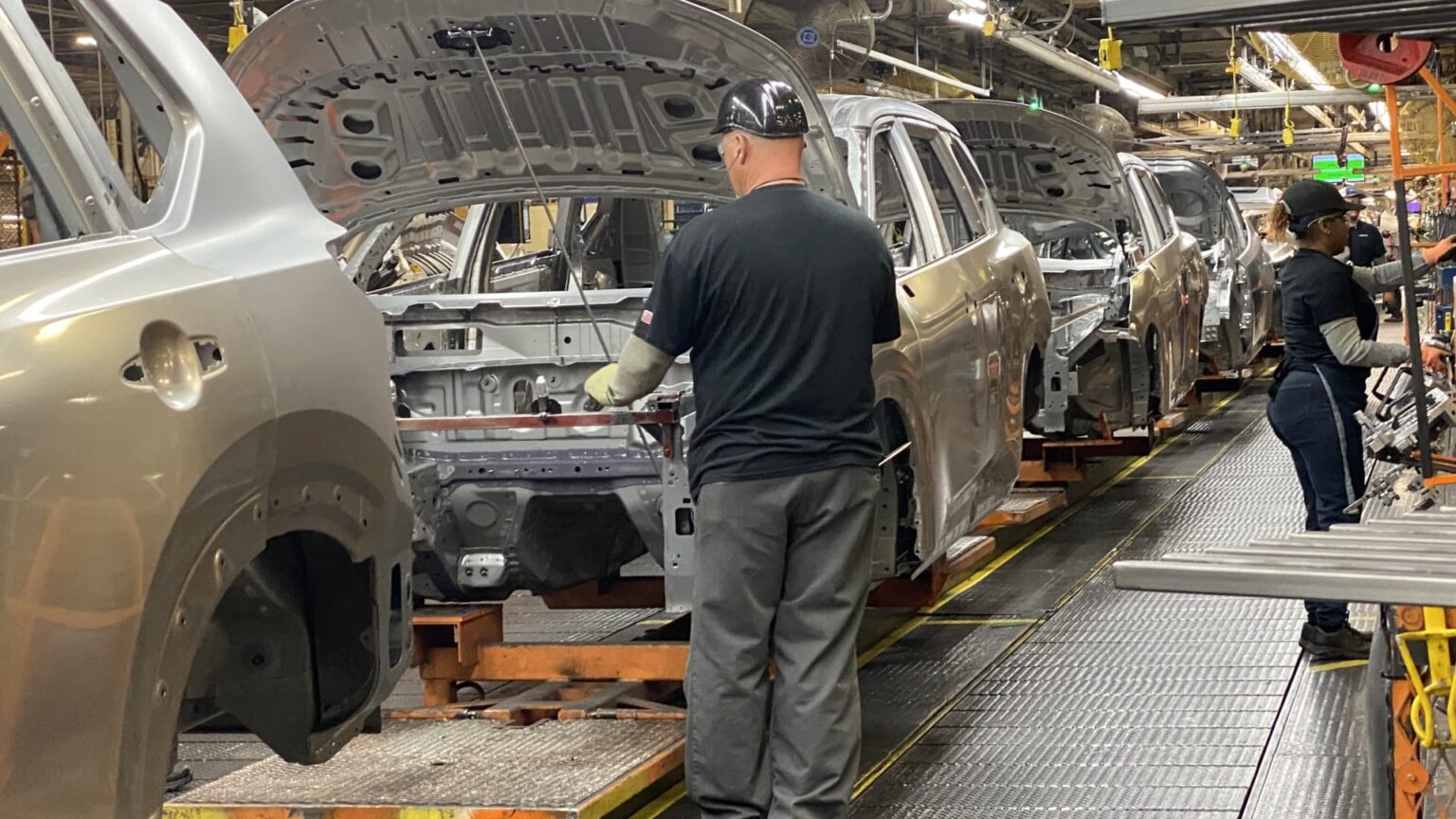Transformations in Automotive Tariffs Under Presidential Directive
Detroit, Michigan — Recently, President Donald Trump enacted an executive order modifying the automotive tariffs that had been imposed earlier this month, a move aimed at easing the financial burden on the car manufacturing sector. This decision is particularly significant as the industry grapples with regulatory confusion and rising costs triggered by existing tariffs.
Overview of Tariff Changes
While the 25% tariffs on imported vehicles will remain in effect, the new measures intend to alleviate the cumulative impact of several tariffs that had been applied, such as additional levies on steel and aluminum. These overlapping tariffs had created a “stacking” effect that raised overall import costs for automakers.
- The new order allows U.S.-assembled vehicles to qualify for partial reimbursements on tariffs associated with auto parts.
- Reimbursements will amount to 3.75% of the value of eligible U.S.-assembled cars until May 1, 2026, dropping to 2.5% until April 30, 2027.
Despite these adjustments, additional 25% tariffs on auto parts will commence as scheduled on May 3. Automakers remain uncertain about the reimbursement process, though it is retroactive to when the tariffs first took effect on April 3.
Industry Reactions and Implications
During a visit to Michigan, Trump expressed a strong commitment to ensuring that manufacturers bring production back to the U.S., stating, “We will slaughter them if they don’t.” This directive appears to be in response to pleas from auto industry representatives who have voiced concerns regarding the impending tariffs.
Six major automotive policy groups, including the Alliance for Automotive Innovation, had previously joined forces to advocate for tariff relief, highlighting that the upcoming duties could disrupt U.S. automotive production and escalate costs for struggling suppliers.
Corporate Concerns and Strategic Adjustments
Amid these shifts, General Motors (GM) Chief Financial Officer Paul Jacobson highlighted the significant potential impact of tariffs on future operations, prompting GM to withdraw its 2025 guidance, suspend stock buybacks, and delay its quarterly investor call. In light of these adjustments, industry leaders have called for a more favorable regulatory environment to promote growth within U.S. manufacturing.
Ford’s CEO Jim Farley acknowledged the relief provided by the recent tariff changes, stating that they would help ease the financial strain on both automakers and consumers. Stellantis Chair John Elkann and GM CEO Mary Barra similarly expressed gratitude for the measures, calling them essential for fostering a competitive landscape for U.S. manufacturers.
Ongoing Adjustments and Future Outlook
Although the recent executive order has provided some reprieve to automakers, significant challenges remain. Industry players continue to face escalating costs and uncertainties related to supply chains and tariffs, underscoring the need for ongoing dialogue between the industry and government to ensure a robust and thriving automotive sector.
As the situation evolves, stakeholders in the automotive landscape will closely monitor the effectiveness of these new tariff policies and their long-term implications for the industry.
